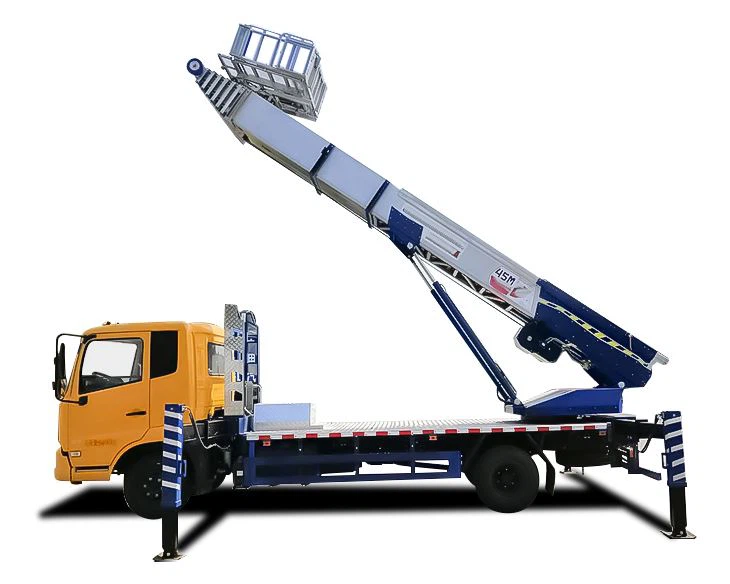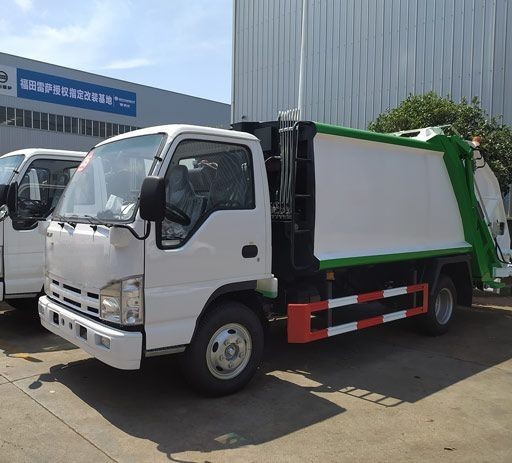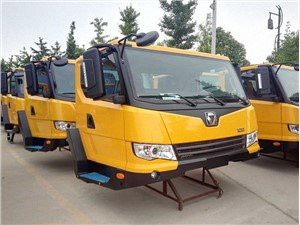Understanding Compactors and Balers: A Comprehensive Guide

In today’s world of waste management and recycling, compactors and balers are critical tools used in various industries to optimize space, reduce waste volume, and promote sustainability. This comprehensive guide will cover everything you need to know about compactors and balers, including their types, benefits, applications, and key differences. By the end of this article, you’ll have a detailed understanding of how these machines work and how they can benefit your business.

What are Compactors and Balers?
Compactors and balers are machines designed to process waste materials. They serve the essential function of reducing the volume of waste, making it easier and more cost-effective to transport and manage.
Definition of Compactors
A compactor is a machine that compresses waste materials to reduce their volume. They are often used in settings where space is limited, such as in commercial buildings or industrial sites, to facilitate more efficient waste collection.
Definition of Balers
A baler, on the other hand, is a machine that compresses waste materials into bales for easier handling, storage, and transportation. Balers are particularly useful for materials like cardboard, paper, and plastics.
Types of Compactors and Balers
Types of Compactors
- Static Compactors: These are fixed units that compress waste continuously without moving.
- Portable Compactors: These are mobile units that can be moved to different locations to compress waste.
- Pre-Crusher Compactors: These are designed to crush bulky items before compacting them.

Types of Balers
- Horizontal Balers: These may handle high volumes of recyclables and are commonly used in large operations.
- Vertical Balers: These are smaller machines designed for lower volumes of waste and can fit into tight spaces.
- Auto-Tie Balers: These automatically tie bales without manual intervention.
How Do Compactors Work?
Compactors operate by using hydraulic or mechanical forces to compress waste materials. The machines work by pushing waste into a chamber where it is compacted into dense cubes or logs.
Key Components of Compactors
- Container: The space where waste is stored before compaction.
- Compaction Ram: The device that applies force to compress waste.
- Hydraulic System: Powers the movement of the ram and controls the compaction process.
How Do Balers Work?
Balers function by compressing waste materials into bales and securing them with wire or twine. The bale is then ejected from the machine for storage or transport.
Key Components of Balers
- Feeding System: Introduces waste materials into the bale chamber.
- Bale Chamber: The area where materials are compressed.
- Wire Tie or Twine System: Secures the bales after they are formed.
The Benefits of Using Compactors and Balers
Space Efficiency
Both compactors and balers significantly reduce the volume of waste, which frees up valuable space for businesses and facilities.
Cost Reduction
By reducing waste volume, businesses can decrease disposal fees and optimize waste collection costs.
Improved Recycling Rates
Balers facilitate the recycling process by consolidating materials like cardboard and plastics, making them easier to transport to recycling centers.
Environmental Impact
Using compactors and balers helps minimize landfill waste, promotes recycling, and supports corporate sustainability initiatives.

Choosing the Right Compactor or Baler for Your Business
Factors to Consider
- Type of Waste: Identify the materials you’ll be processing to select an appropriate machine.
- Volume of Waste: Consider your waste generation volume to determine the machine size and type.
- Space Availability: Ensure you have enough space for the machine and its operation.
- Budget: Consider your budget for purchasing or leasing the equipment.
Practical Examples
For instance, a retail store generating large volumes of cardboard may benefit from a vertical baler, while a restaurant may find a portable compactor effective for general waste management.
Maintenance of Compactors and Balers
Regular maintenance is essential to prolong the lifespan of compactors and balers and ensure they operate efficiently.
Maintenance Tips
- Schedule regular inspections to identify issues early.
- Keep the machines clean from debris and dirt.
- Lubricate moving parts regularly to prevent wear and tear.
- Replace worn or damaged components promptly to avoid operational downtime.
Safety Considerations
When operating compactors and balers, safety is paramount.
Essential Safety Tips
- Always read the user manual before operation.
- Ensure proper training for all operators.
- Use personal protective equipment (PPE) as required.
- Keep the area around the machine clear of obstructions.
Common Misconceptions About Compactors and Balers
There are several misconceptions that can hinder effective waste management.
Misconception 1: Compactors and Balers Are the Same
While both reduce waste volume, compactors compress waste into a single mass, while balers form bales for specific materials.
Misconception 2: They Are Only for Large Businesses
Many compactors and balers are available in various sizes, making them accessible for small and medium-sized enterprises as well.
Frequently Asked Questions (FAQs)
1. What materials can I use in a compactor or baler?
Both machines are designed for different materials. Compactors generally handle mixed waste, while balers are best for recyclable items like cardboard, paper, and plastic.
2. How often should I maintain my compactor or baler?
Regular maintenance is recommended at least once every six months, but weekly or monthly checks may be necessary depending on usage.
3. Can I operate a baler without training?
No, training is essential for safely operating a baler and understanding how to handle materials properly.
4. Are compactors and balers energy-efficient?
Yes, modern compactors and balers are designed to be energy-efficient, helping reduce operational costs.
5. Is financing available for purchasing compactors and balers?
Many suppliers offer financing options to make purchasing easier for businesses of all sizes.
6. What should I consider before leasing a compactor or baler?
Consider the machine’s specifications, the lease duration, maintenance support from the supplier, and your waste management needs.
